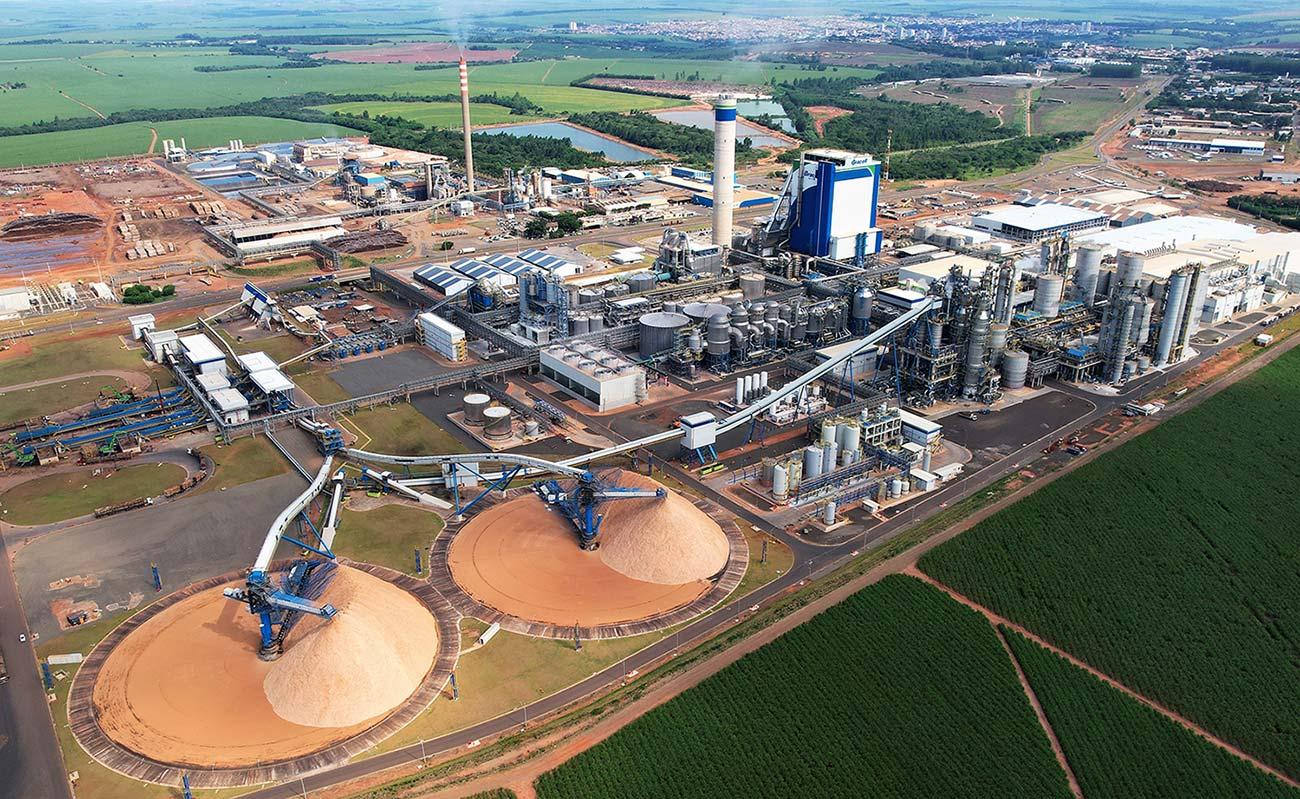Wood to Wear: Dissolving Pulp's Role in the Sustainable Fashion Revolution

Dissolving pulp refers to a specific type of pulp that is primarily used as a raw material in the production of man-made fibers, films and chemicals. It finds extensive usage in textile industries for producing viscose fibers and in several other industrial applications. While wood-based pulp is commonly used as a dissolving pulp, agricultural residues and plantation wood are also gaining prominence. This article provides an overview of dissolving pulp production, properties, applications and future outlook.
What is Dissolving Pulp?
Dissolving pulp, also known as dissolving grade pulp or cellulose pulp, is an engineered wood pulp with high purity levels of alpha-cellulose content, typically over 90%. The high alpha-cellulose and low lignin content allows dissolving pulp to dissolve readily in aqueous alkali solutions. The various types of dissolving pulp include viscose grade pulp, lyocell grade pulp, microcrystalline cellulose and ioncell.
Viscose grade pulp containing over 88% alpha-cellulose is predominantly used in viscose production. Lyocell grade pulp has over 92% alpha-cellulose and finds usage in lyocell fiber manufacture. Microcrystalline cellulose is used as a binding, thickening or anti-caking agent in various industries. Ioncell is a specialty dissolving pulp for ioncell process that produces textile fibers.
Dissolving Pulp Production Process
The production process of dissolving pulp involves meticulous processing steps to attain the required purity levels. In the first step, wood chips are de-barked, cleaned and screened. They are then subjected to digestion using chemical or chemi-thermomechanical pulping processes. Chemical pulping uses sodium hydroxide and sodium sulfite at elevated temperature and pressure to remove lignin.
In the bleaching process, chemicals like chlorine dioxide, oxygen and hydrogen peroxide are used to further remove colored contaminants. The pulp is washed, screened and processed through several stages to achieve the targeted high-alpha cellulose content. State-of-the-art production facilities employ advanced process technologies to optimize resource usage and produce sustainable dissolving pulp.
Applications of Dissolving Pulp
Textiles: Dissolving pulp plays a vital role in textile industries as a raw material for manufacturing viscose fibers, lyocell fibers, modal fibers and other specialty textile products. Viscose fibers are used to produce fabrics for apparel, home textiles and industrial uses. It accounts for the majority of dissolving pulp demand.
Cigarette Filters: Alpha-cellulose from dissolving pulp in the form of microcrystalline cellulose is used in the production of cigarette filters to control delivery, modify burn characteristics and improve filtration.
Pharmaceuticals: The highly purified nature and consistency of dissolving pulp make it suitable for several pharmaceutical applications such as coating pills, binders, fillers and thickeners used in medicines and supplements.
Food Ingredients: Food-grade dissolving pulp derivatives such as microcrystalline cellulose and carboxymethyl cellulose find extensive usage as emulsifiers, binders, thickeners, stabilizers and anti-caking agents in various food products.
Others: Other notable applications include production of nitrocellulose for explosives, cellulose films and specialty chemicals like cellulose ethers. Dissolving pulp also acts as a carbon sink playing a role in reducing greenhouse gas emissions.
Scenario
The global demand for Dissolving Pulp stood at 9 million tons in 2020 and has been witnessing an annual growth rate of around 2-3%. Asia Pacific, led by China, accounts for over 50% of global production and consumption due to abundant textiles
Europe and North America are other prominent but they also import substantial volumes to supplement domestic supply. Key manufacturers include Sappi, Bracell, Rayonier Advanced Materials, Lenzing, Aditya Birla and Borregaard. Price trends are influenced by supply-demand balance and macroeconomic forces.
Future Outlook
With growing textiles and cigarette filters demand from developing economies, the global dissolving pulp is projected to reach over 11 million tons by 2030. Demand for specialty fibers and pharmaceutical grade dissolving pulp is also expected to surge. Wide scale adoption of eucalyptus and pine plantations as a renewable source is likely to boost supplies.
Advancements in pulping processes, optimization of pulping chemicals, higher alkali loading and incremental capacity additions indicate a robust future outlook. The emergence of new dissolving pulp production technologies focusing on sustainability will create new avenues. However, high capital investment costs and technology risks remain as challenges.
Conclusion
In conclusion, dissolving pulp plays a vital role across diverse industries as a key raw material. Its unique properties and consistency enable its usage in high-purity applications. While textiles dominate current demand, pharmaceuticals, food and industrial applications point towards healthy long-term prospects. Further technological progress and renewable sourcing will help realize dissolving pulp's potential as a sustainable resource.
For More details on the topic:
https://www.insightprobing.com/dissolving-pulp-size-and-share-analysis/
- Art
- Causes
- Crafts
- Dance
- Drinks
- Film
- Fitness
- Food
- Games
- Gardening
- Health
- Home
- Literature
- Music
- Networking
- Other
- Party
- Religion
- Shopping
- Sports
- Theater
- Wellness
- IT, Cloud, Software and Technology


